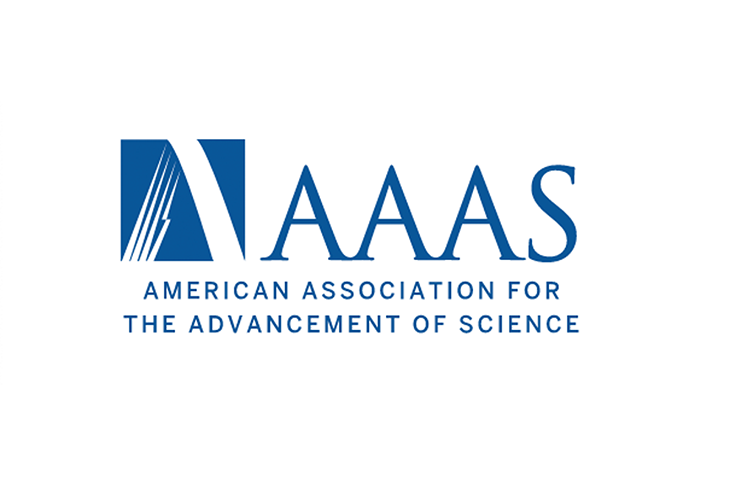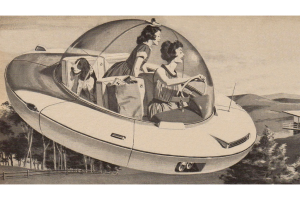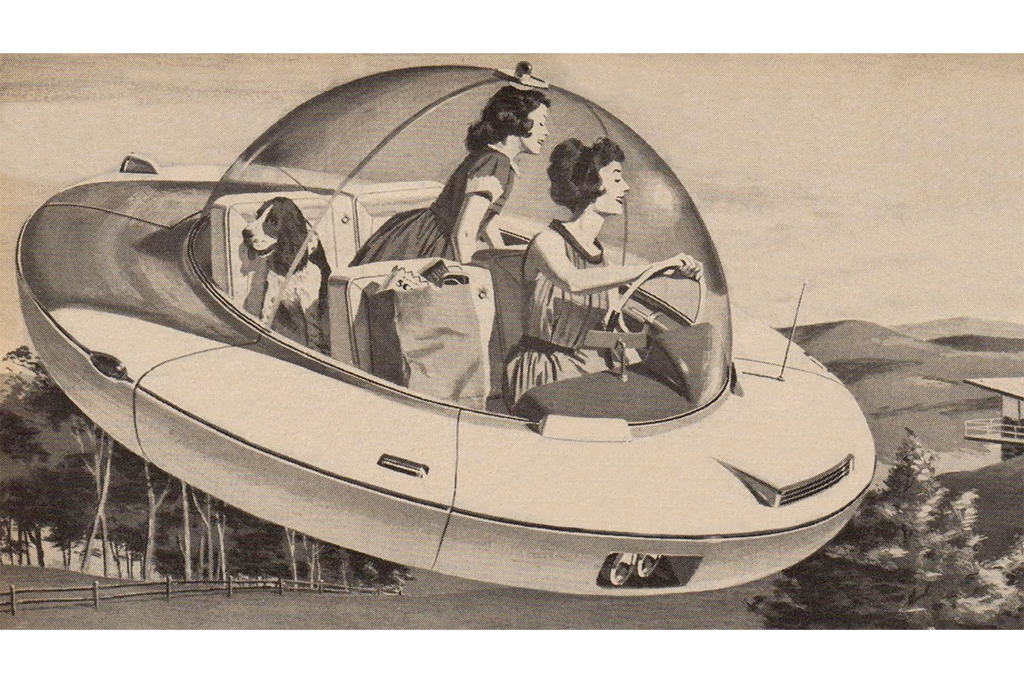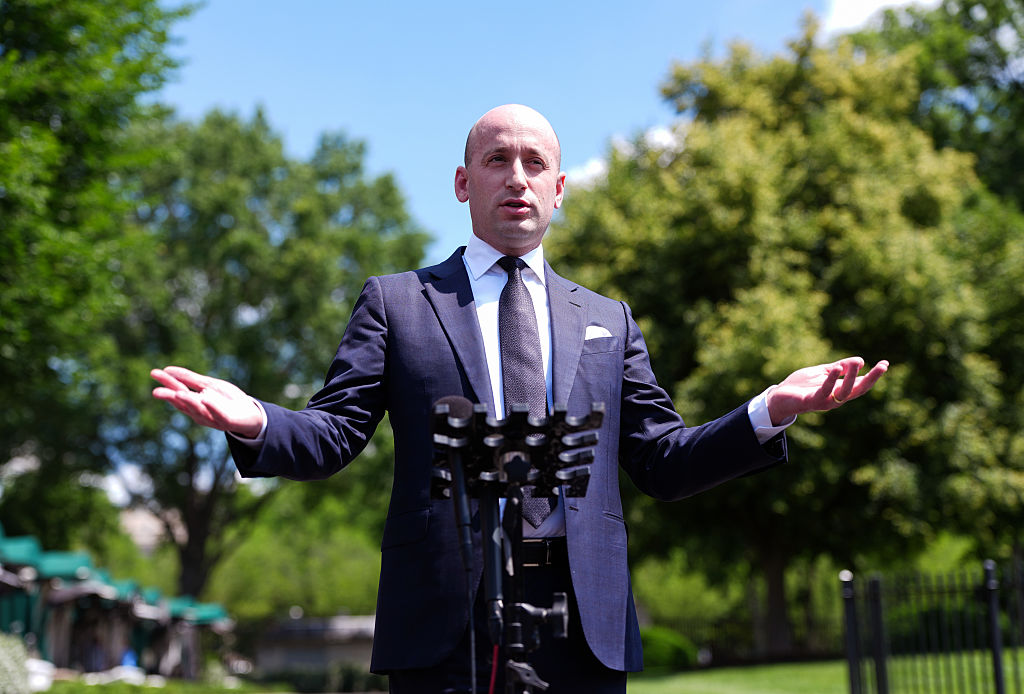In January, the American Association for the Advancement of Science released its 2021 annual report on diversity equity and inclusion, Nurturing Diversity, Equity and Inclusion in the Scientific Enterprise. The message? Those who are non-white, non-male, non-straight, etc., are apparently being barred from exploring science’s “endless frontier.” Such a thing could only come about if the sciences were governed by a kind of Jim Crow. For the good of science, this needs urgent correction. The AAAS will point the way.
The claim seems odd. Women now constitute the majority of college enrollments; black people are, if anything, over-represented at elite colleges like Harvard (Asian students, in contrast, seem truly underrepresented); university science departments are very diverse; women and designated minorities are on fast tracks to positions of leadership and power in science and academe. So, where’s the Jim Crow?
Don’t ask. Science has sinned, and needs to atone. For our own good, the landscape of promotion and development of scientists can no longer be built around merit — that is a white construct, we are told — but around the favored narrative of oppression and patriarchy.
As evidence, the luminaries at AAAS point helpfully to an example of science’s collective guilt: “Science [the magazine and AAAS … ed.] played a shameful and notable role in the scientific acceptance of eugenics in the United States and the world.”
Eugenics is an ironic example of science’s past sins. It’s just true enough to signal virtue — eugenics was troublesome. But it doesn’t follow that a radical transformation of the culture of science is the remedy.
Eugenics is the social doctrine that the human condition can be improved by selective breeding, to favor the propagation of positive traits, like intelligence, beauty or strength, and discourage the propagation of unfavorable traits.
Eugenics is not inherently evil: it’s actually part of our daily lives. It crops up in moral and social contexts that range from the benign and helpful (genetic screening for congenital disease), to interesting but still unresolved ethical issues (gene-editing technologies, like CRISPR), to callous and degrading (if domestic animals can be improved by controlled breeding, why not humans?), to the definitively evil (as a pretext for selective abortion or forced sterilization).
What tilts eugenics one way or another on the moral spectrum is alignment with the coercive power of the state. This happened in the early 20th century, when eugenics policies were enacted throughout the Western world. In the United States, the best-known victims of these policies were poor white women who were institutionalized and forcibly sterilized because of their supposed intellectual and social inferiority. Italians, Irish, eastern Europeans, Native Americans, even Catholics also got the eugenics treatment, all in service of a ginned-up (and incoherent) panic over “race pollution.” Eugenics provided the scientific pretext for all this and more.
But what exactly did the AAAS do then that warrants the present radical campaign to transform the culture of science? The AAAS was simply doing what it was founded to do: advance science, and in the early 20th century, eugenics was “settled science.” The remarkable story about eugenics is not about racism, misogyny, or any of the other supposed pathologies of “whiteness,” however. Rather, it is how all stripes of elite political and social opinion came to embrace eugenics as a useful tool for power.
Where doubts arose, as they did from the lumpen strata of society, mostly the churches, their claims could readily be dismissed as anti-science. And hidden in there is another story the AAAS would rather you not see: why did scientists help eugenics become the favorite science toy of the political and social elite?
The answer, in a word, is scientism, the “excessive belief in the power of scientific knowledge and techniques.” The late 19th and early 20th centuries were periods of burgeoning scientific confidence. Scientists believed they were closing in on the nature of heredity, in the form of the heritable gene. These were genuine scientific achievements, but from this emerged scientism: if science was closing in on the nature of life itself, this had to mean scientists had Important Things To Say about society, and scientists were going to say them. The rising Progressive movement provided ears eager to hear them, because activists and politicians could now tout the power of science to solve long-standing societal problems that had eluded them. Out of this unholy collusion of scientism and Progressivism came predictable horror.
Fast forward now to the present. The AAAS seeks to atone for its mistake a century ago. But what mistake, precisely? And how will this mistake be resolved with an aggressive DEI initiative?
The scientific problem with eugenics was not racism or misogyny, but genetic determinism. It presumed that the human races and genders differed by virtue of their genetic endowments. This gave racists and misogynists a veneer of scientific respectability: black people, brown people, men, women, aboriginal people, all differed because they were genetically determined that way. If you bring the racist presumption that black people, brown people, aboriginals and women can be ranked as inferior to white men, eugenics gives you a scientific veneer.
The ideology of DEI doesn’t depart appreciably from this: it asserts that science will be improved by bringing new ways of looking at the world, which black people, brown people, and women will bring by virtue of their genetic endowments.
The AAAS is still defending eugenics, it seems. Why?
One answer is that modern science is still plagued with scientism. Those overconfident geneticists of the early 20th century had overreached badly. Far from closing in on the secret of life, they were just taking one step forward into the fog. The more we have learned about heredity, the more overweening their confidence seems, and the more contrary to the ethos of science. Navigating uncertainty is the nature of scientific inquiry, and humility is the proper attitude, not hubris. The geneticists of the early 20th century were plagued with hubris. Now look around at the public face of modern science. Does humility reign? It’s there, certainly, but hubris is the attitude that seems still to prevail.
Which leads to a second answer. The shame of eugenics came when overconfident scientists aligned themselves with the coercive power of the state. Has science learned its lesson? No, in a word, and Exhibit A is the AAAS itself. The AAAS is not about science, as its name implies, any more than DEI is about diversity, equity and inclusion. Power and money are the main pursuits of both. The enterprise of science, as AAAS describes it, is now a wholly-owned client of the federal government. As federal support of science has grown, it is politics, not science, that increasingly calls the tune. If DEI is a political priority, the institutions of science, like the AAAS, will jump to that tune.
Since the inception of the modern era of Big Science, the political aim has consistently been “more scientists.” In the immediate aftermath of World War II, federal spending to produce more scientists was justified as a way to get demobilized soldiers back on track to scientific careers: to replenish the scientific workforce. Once that problem was resolved, the “more scientists” mantra did not go away. There is little to no consideration of the question “just how many scientists do we need?” The consistent answer, for more than seven decades, has been “more.”
This has badly distorted the academic marketplace. For decades, more doctoral degrees in the sciences are being granted than there are jobs to support them. We now arguably have a glut of science PhDs, the numbers inflated by subsidized employment through research grants, for graduate students and through post-doctoral positions to keep degree holders employed until a faculty position can open up to support them.
Which brings us to the real problem with DEI in the sciences. The “more scientists” subsidy has persisted: only the intended beneficiaries have changed. The major obstacle to moving this glut of science PhDs through the academic marketplace is the tenured professoriate, which DEI and its enablers have targeted for the cull. This is the real story of DEI in the sciences. Science will suffer, not benefit, from this, and the now misnamed AAAS will have been complicit in the damage.

























